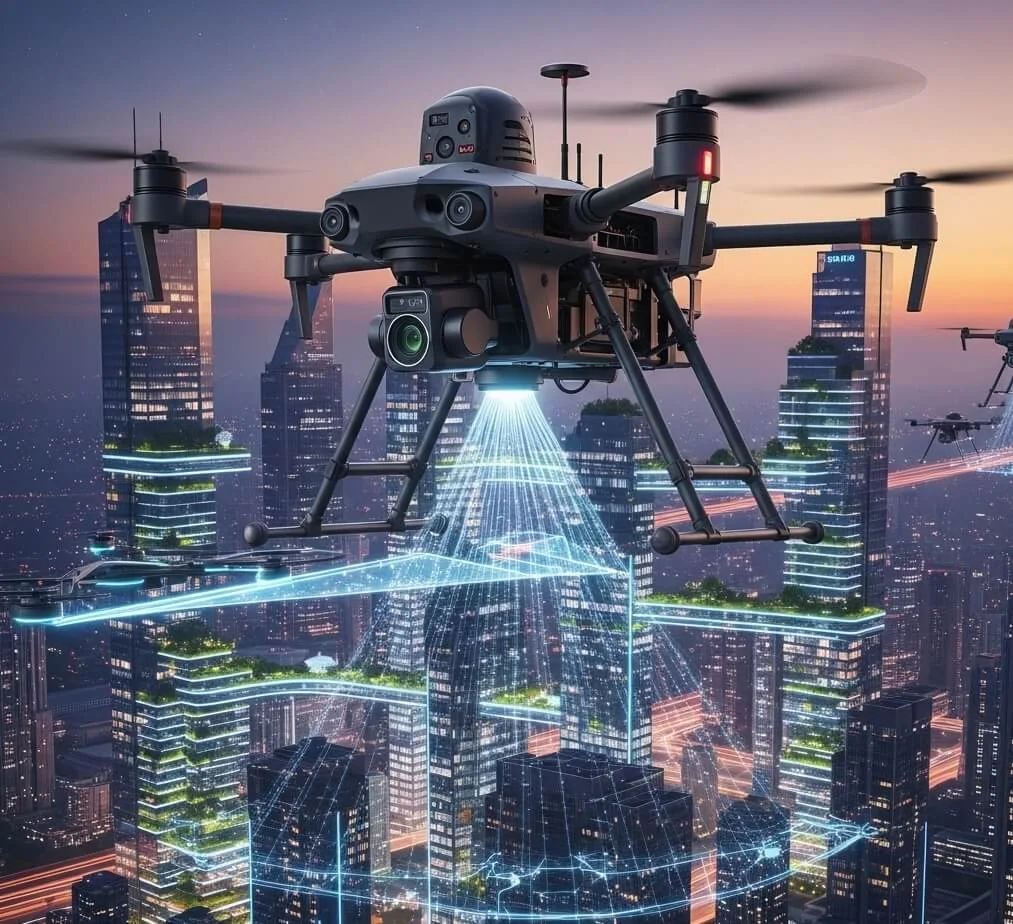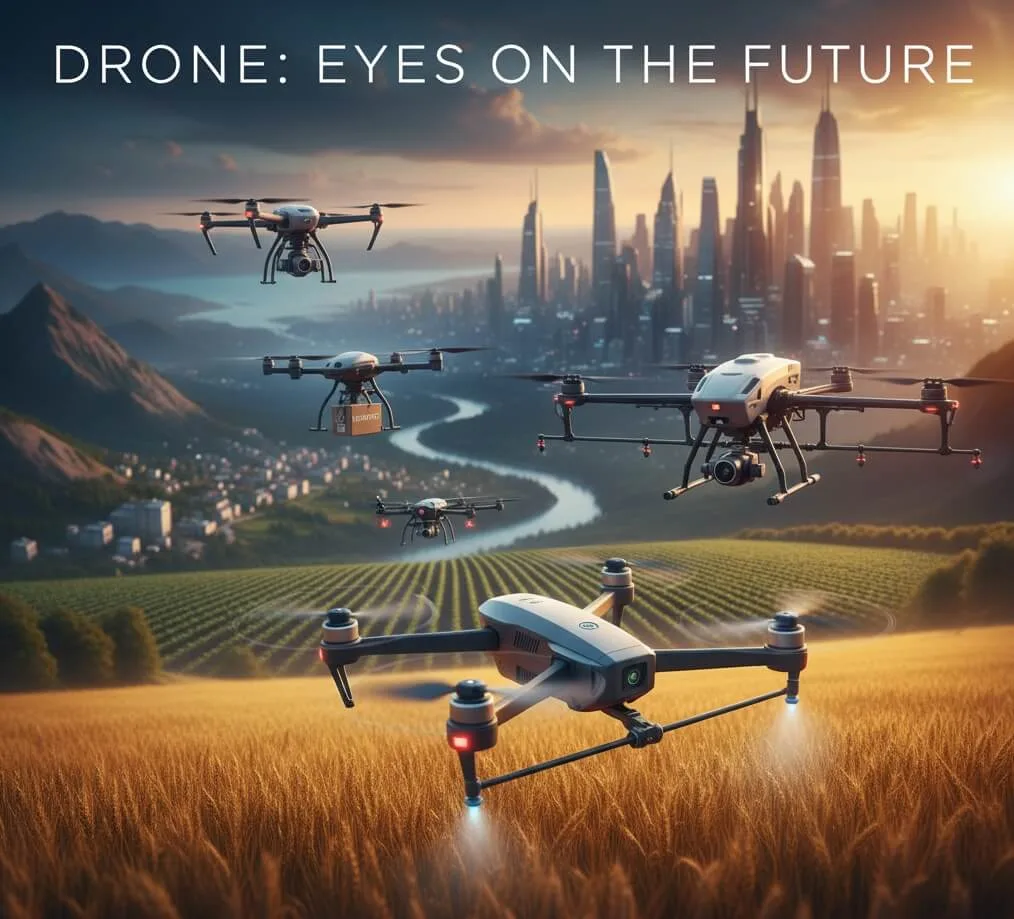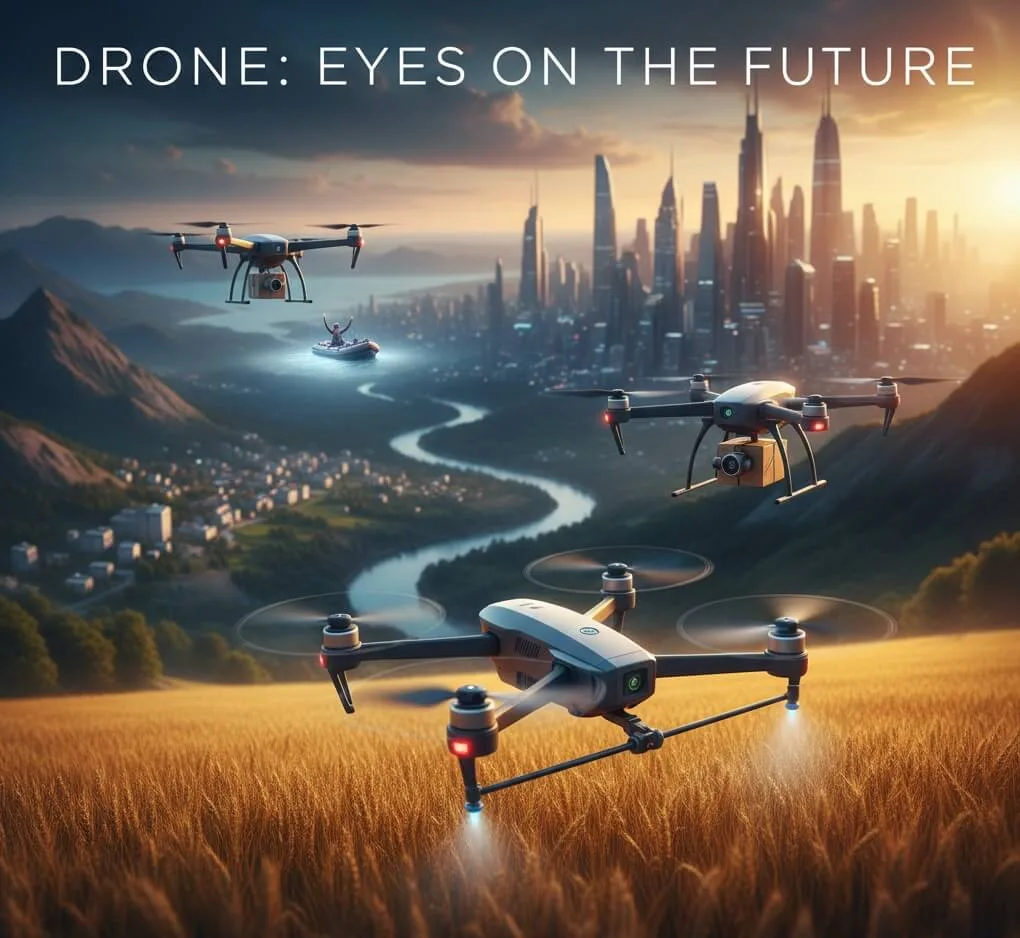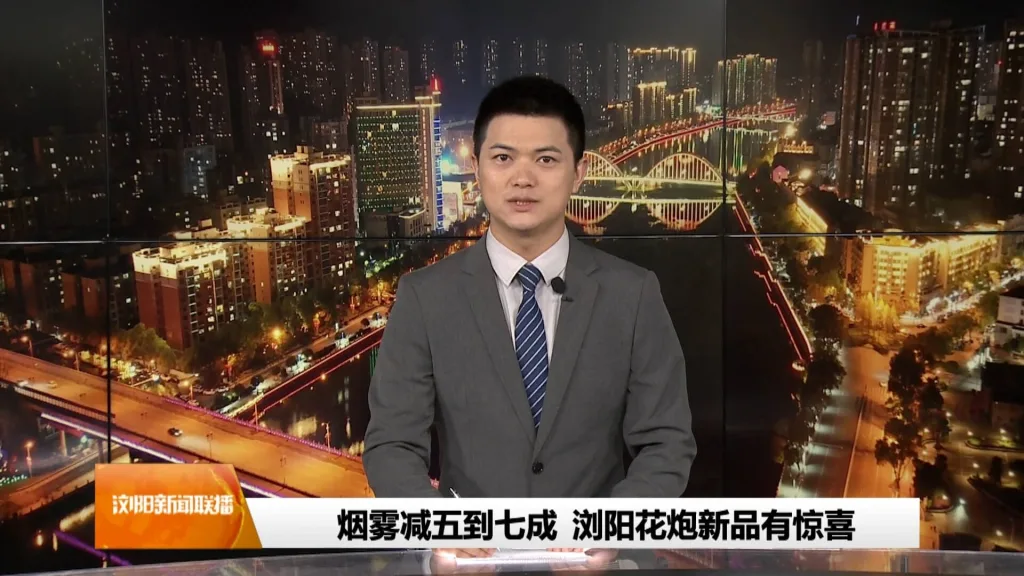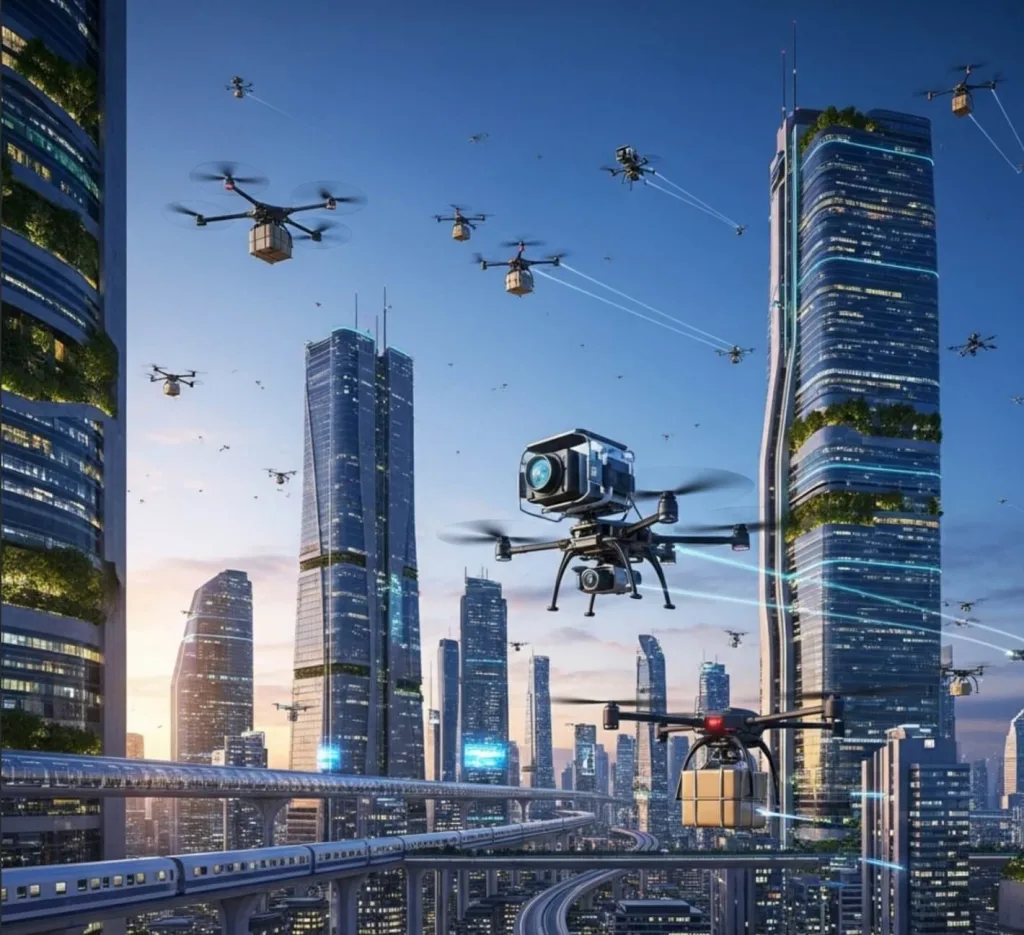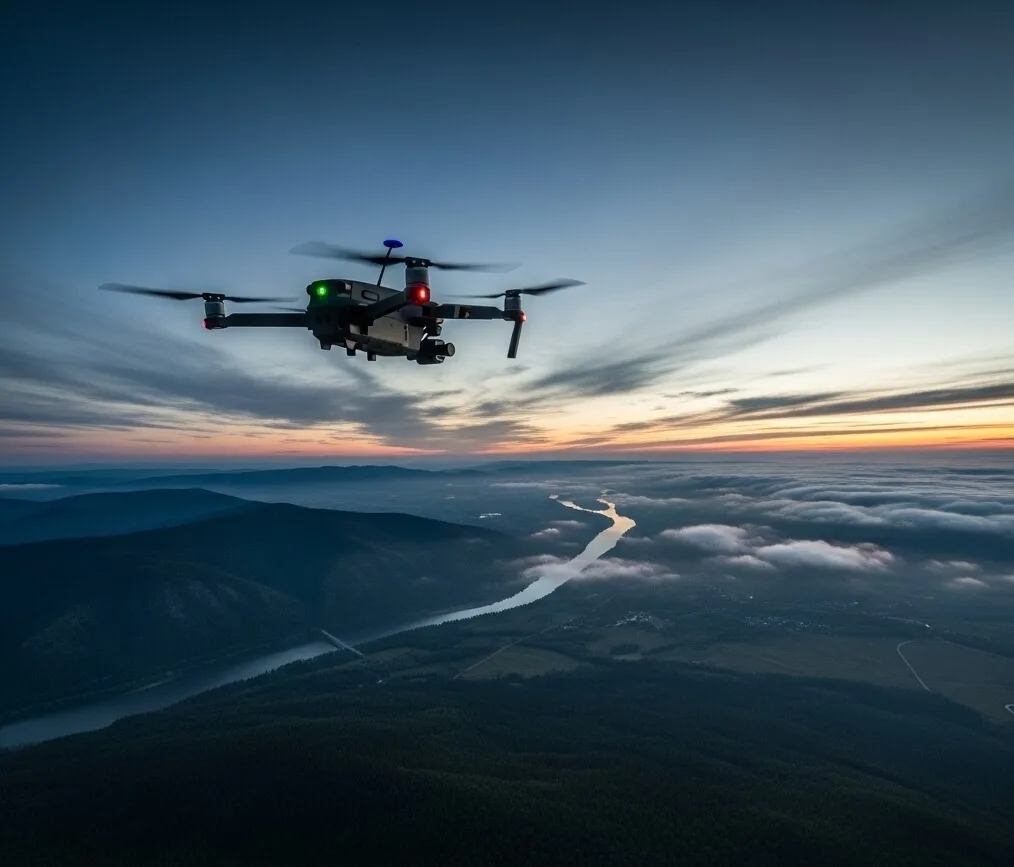When we look up at the sky, we may see more than just clouds and airplanes. A growing number of drones are carving out a new chapter in the air with their unique presence. These uncrewed aircraft, once mere concepts in military and science fiction movies, have now become indispensable tools in our daily lives and industrial production. How did they evolve from simple remote-controlled toys into intelligent assistants capable of completing complex tasks?
From Hobby to Professional Tool
The history of drones can be traced back to the early 20th century, but they only truly entered the public's consciousness in the last decade or so. Initially, they were mostly model aircraft used by hobbyists for the sheer joy of flying. With the rapid development of lithium-ion batteries, miniature sensors, and wireless communication technology, drone performance took a qualitative leap. They became lighter, more stable, had longer flight times, and were easier to control.
Today, drones have evolved into various forms to suit different task requirements. The most common are multi-rotor drones, which, thanks to their excellent hovering capability and flexible vertical takeoff and landing, have become the top choice for aerial photography, inspections, and logistics. Fixed-wing drones, on the other hand, are favored for their high speed and long range, and are often used for large-scale mapping, reconnaissance, and agricultural monitoring.
Unveiling the Core Technology: Why Can They Fly?
The ability of a drone to soar precisely in the air is thanks to a series of core technologies:
- Power and Control Systems: Multi-rotor drones control their flight by adjusting the speed of each propeller motor. When all motors spin at the same speed, the drone ascends vertically; when one side's motors speed up, it tilts and flies in the opposite direction. This precise control allows drones to perform complex movements like hovering, translation, and rolls.
- Navigation and Positioning: Just as humans need eyes and a map, drones require a powerful navigation system. GPS (Global Positioning System) is their primary method for outdoor positioning, capable of providing centimeter-level accuracy. Indoors or in environments with weak GPS signals, drones rely on visual positioning systems, ultrasonic sensors, or inertial measurement units (IMUs) to sense their own position and surrounding environment.
- Sensors and Payloads: A drone acts as a versatile platform that can carry various "payloads" to perform tasks. High-definition cameras can be used for filmmaking and news reporting; thermal imaging cameras can be used for search and rescue or equipment inspection; and multispectral sensors can help farmers analyze crop health. It's these diverse payloads that allow drones to play a huge role in different fields.
- Automatic Obstacle Avoidance: To ensure safe flight, modern drones are equipped with advanced obstacle avoidance systems. By using forward, backward, and side-facing sensors, a drone can perceive obstacles in real-time and automatically plan a new flight path, effectively preventing collisions.
The Future of Drones: Endless Possibilities
The applications of drones are constantly expanding. In the future, they might become part of urban transportation systems, serving as air taxis; in logistics, they could handle last-mile delivery; and in environmental protection, they could help monitor air and water pollution.
The rise of drones is not just a technological advancement but a revolution in thinking. They enable us to view the world from new perspectives, solve previously difficult problems, and create a more efficient and safer way of life.

